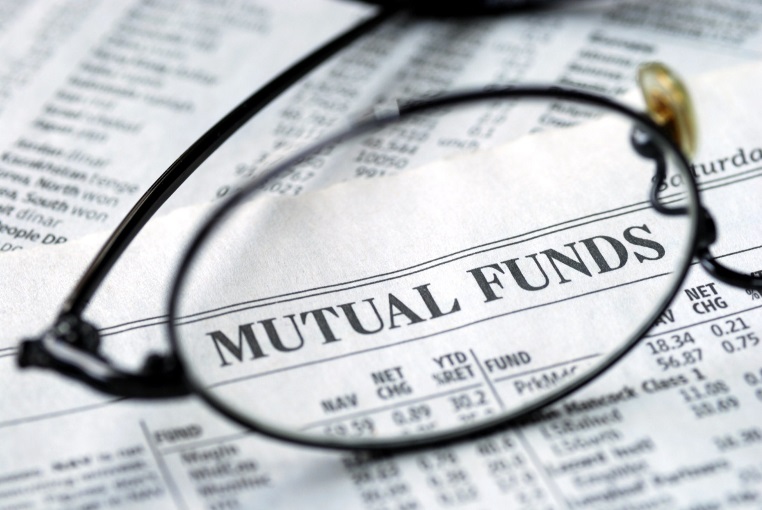Many recent articles have been written about automated trading systems. While there is no doubt that such approaches are excellent opportunities for the individual investor, problems can arise when these same instruments are employed on an institutional level. Arguably, one of the most notable examples occurred on 6 May 2010. Now known as the “The Crash of 2:45”, the entire incident lasted for no longer than 36 minutes and more than one trillion dollars were wiped off of major indices (1). What caused this crash and can we expect more massive dips in the future?
“Fat Finger” Trading?
Although the ultimate root cause(s) of the crash are still debated to this day, most analysts feel that a so-called “fat finger trade” was one of the primary culprits. As may already be guessed by the name, a fat finger trade involves a massive amount of shares being bought or sold with the help of exchange-traded funds (ETFs). Some believe that technical glitches within the marketplace itself triggered real-time delays in the quotation of NYSE stocks such as Apple, Sotheby’s and other ETFs (2). This cause a slight panic and in turn, some automated trading software began to put forth sell orders. A cascading effect then occurred; causing many larger markets to lose a substantial portion of their liquidity within less than 30 minutes.
ics such as volume, real-time news, index values and prices all need to be monitored. Secondly, the investor must be in a position to take advantage of extremely short-term movements. This is difficult, but not impossible.
The best way to keep abreast of such topics is to employ the tools utilised at CMC Markets. This type of electronic architecture collates all of the most relevant data so that it can be analysed within split-second time frames. Should the trader suspect that a flash crash may be occurring, he or she will be able to take the appropriate actions. Let us never forget to mention that after any crash, there are truly unprecedented buying opportunities.
The markets are not infallible and even the most advanced systems will suffer faults from time to time. The point here is not to eliminate such faults entirely (a nearly impossible task), but to capitalise on such financial “hiccups” to enjoy a higher profit margin.









